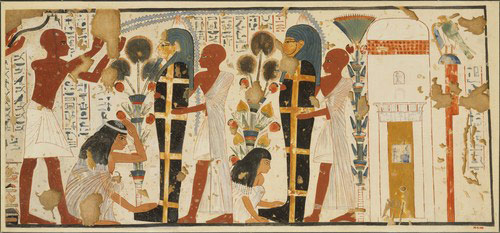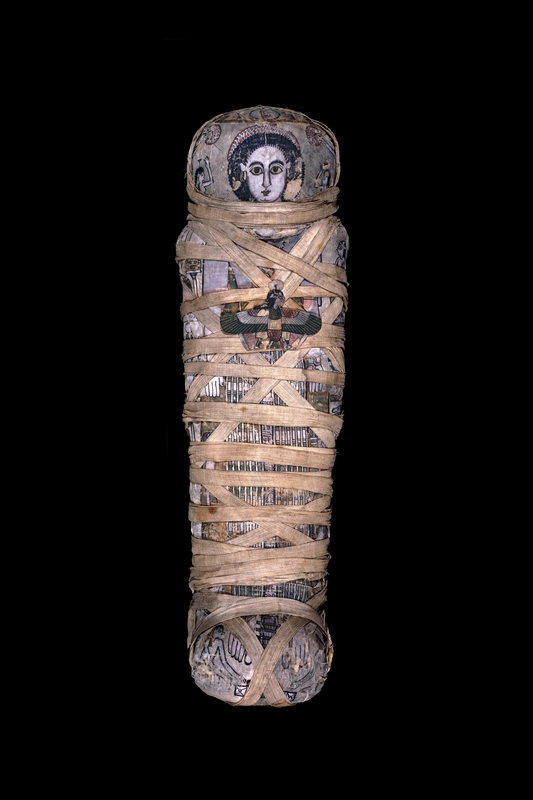Mummies in Ancient Egypt
This artifact is a mummy of Cleopatra, one of the millions of mummies that Ancient Egyptians left behind. In Ancient Egypt, mummies were produced to celebrate life and the idea of continuing it for eternity. The Egyptians’ belief in the Afterlife derived from the New Kingdom. Egyptians believed that after their transitory life on earth, they would move to a more permanent life in a place that’s a more enhanced Egypt. The physical body plays a crucial role for the Egyptians in the Afterlife. The physical body provided a link to the earth to those in the Afterlife, so the idea to protect and preserve the body led to the production of mummification. In the book, Death and Burial in Ancient Egypt entails the process and materials needed to mummify a body. The process and methods of mummification varied during each period. Mummification wasn’t static and evolved through time. It also depends on the embalmers preferred style of mummifying a body and the economic level of the deceased. The usual process of mummification would be embalming the body, which is removing organs so that the outer frame is preserved. After that process, it would be the drying and wrapping process. The mummy of Cleopatra is wrapped in fine linen bandages with an outer shroud and secure itself by bandages crossing diagonally and horizontally. The reason why mummies must cover themselves in linen cloth was so that they wouldn’t disintegrate and decompose. It also makes sure that the mummy has a life-like shape. Because the bodies were preserved correctly, Egyptologists can study the mummies. With the ability to test mummified tissue, bones, and teeth egyptologists were able to find information about ancient Egypt. Back then, mummies were unwrapped to see how they were preserved. However today, with technology, mummies can be studied non-destructively, and while doing so, Egyptologists can examine body positions, determine disease, gender, and age through the study of bones and tissues.
Citations:
Ikram, Salima. Death and Burial in Ancient Egypt. Harlow: Longman, 2003.

